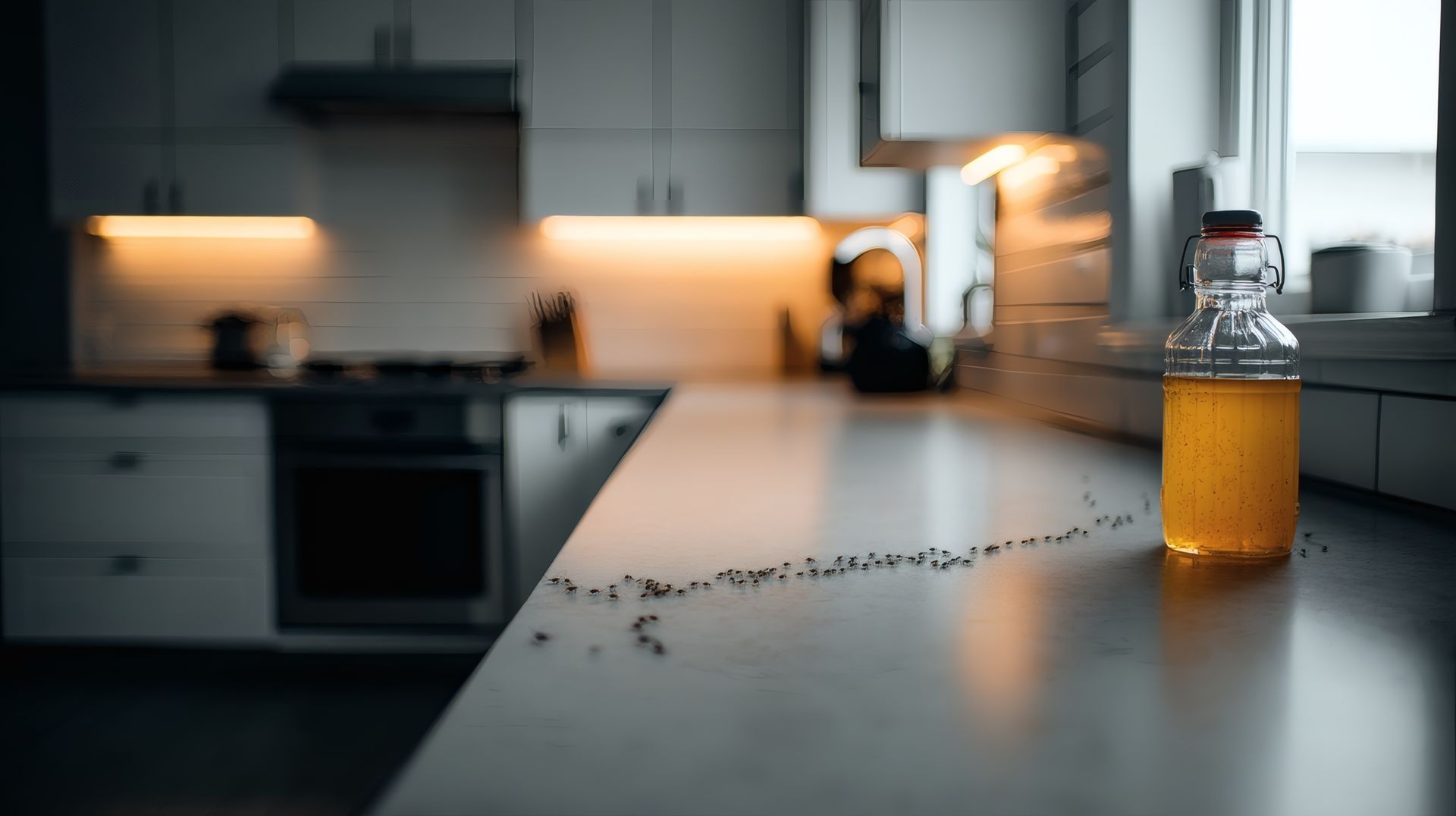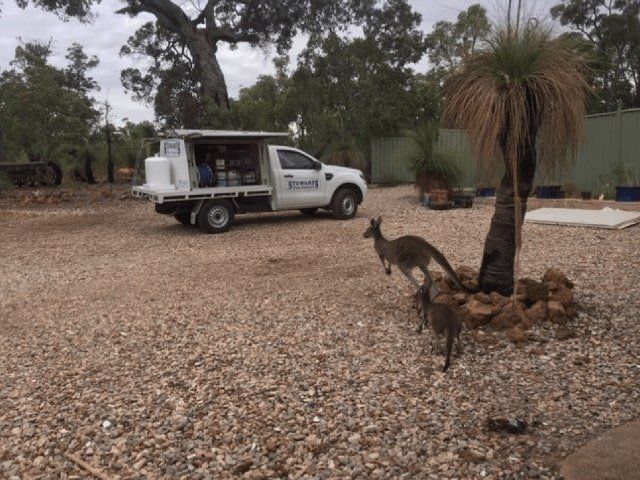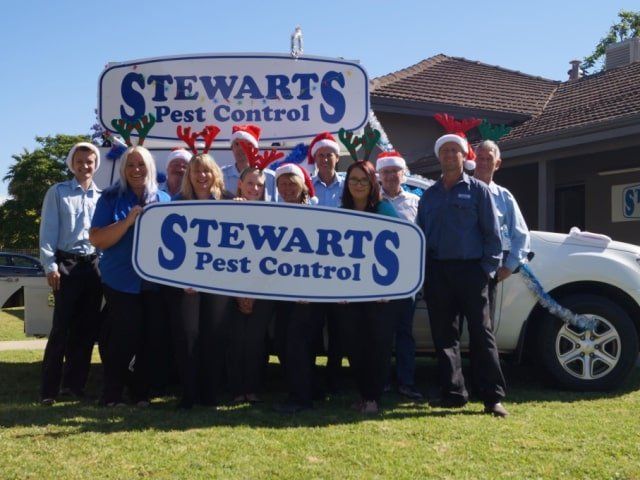Rodent Control: How to Protect Your Home from Rats and Mice Year-Round
- By Stewarts Pest Control
- •
- 29 May, 2025
Have you heard mysterious scratching sounds in your ceiling late at night or found chewed food packaging in the pantry? These are classic signs of a rodent problem, and they’re more common in Perth homes than you might think. Rats and mice are more than just a nuisance—they’re destructive, unsanitary, and surprisingly persistent. If left unchecked, they can cause costly damage and pose health risks to your family.
At Stewart Pest Control, we’ve been helping Perth families stay rodent-free for over 60 years. In this guide, we’ll explore why rodents are such a year-round issue in WA, how to spot the early signs, and what to do to get rid of them for good. Whether you're dealing with a minor mouse issue or a full-blown rat infestation, professional rodent control in Perth is essential for lasting protection.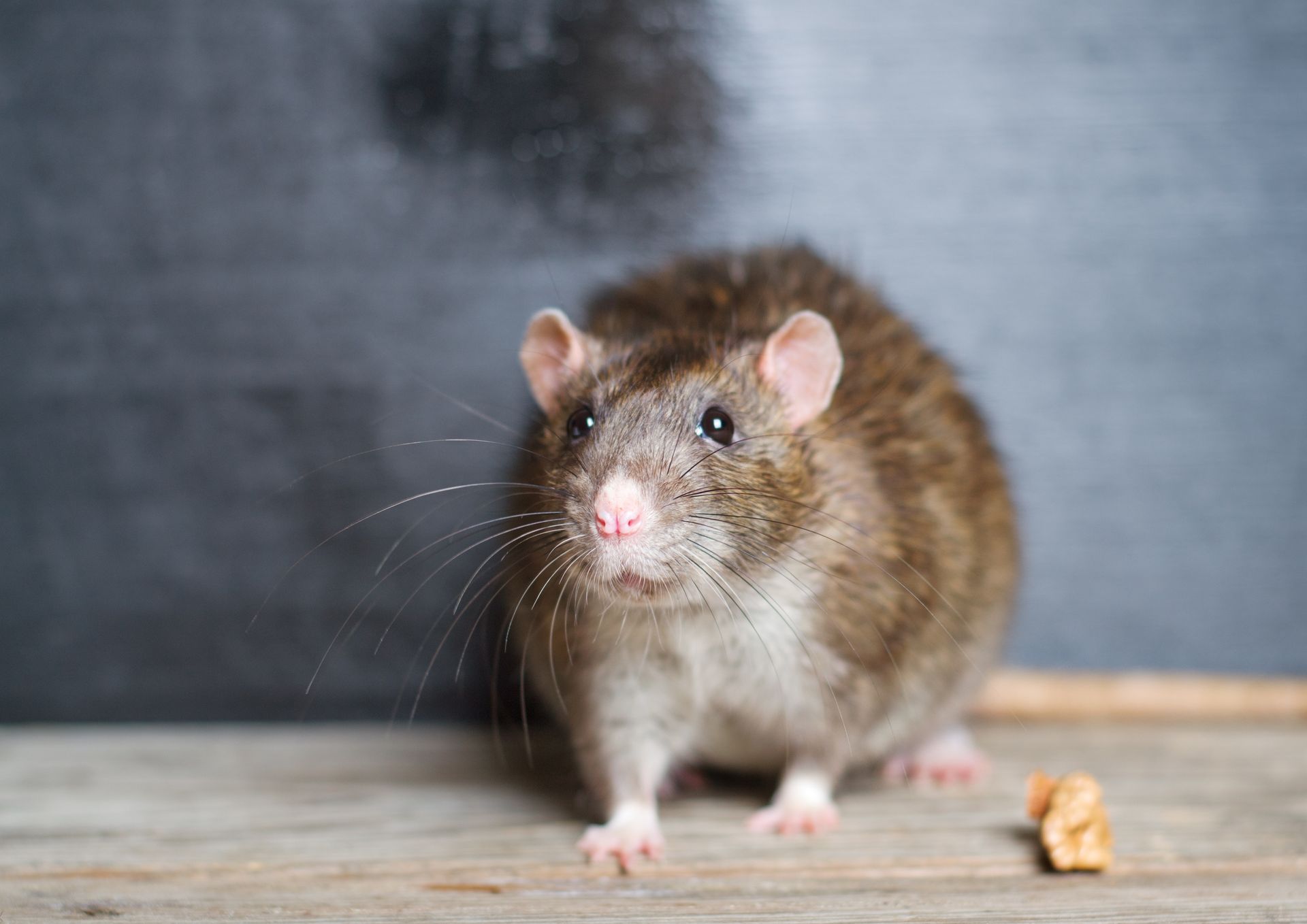
Why Rodents Are a Year-Round Problem in Perth
Unlike colder climates where rodents are mostly a winter issue, Perth’s mild winters and warm summers make it ideal for rats and mice to remain active year-round. They don’t hibernate, and they don’t slow down. Instead, they follow food and shelter, often nesting in roof voids, wall cavities, garages, and garden sheds.
Common rodents in Perth include:
- Black rats (roof rats): Excellent climbers that often nest in ceilings and attics.
- Brown rats (Norway rats): Larger and more aggressive, usually burrowing outdoors or under buildings.
- House mice: Small and adaptable, capable of squeezing through gaps the size of a 10-cent coin.
Rodents typically seek warmth and shelter in homes during winter, then forage for food and water through the warmer months. They’re opportunistic and will exploit any easy access point into your home, from broken vents and roof gaps to pet doors or uncovered drains.
With ample access to food waste, water sources, and cluttered storage, many Perth households unknowingly provide the perfect breeding ground. Unfortunately, a single rat can produce up to 40 offspring a year, meaning infestations can escalate quickly if not addressed early.
Signs You Have a Rodent Problem
Rodents are stealthy by nature, often nesting out of sight and coming out only when it's quiet. That said, they leave plenty of clues behind. The earlier you spot the signs, the sooner you can take action.
Look out for these common indicators:
- Scratching or scurrying noises at night, especially in ceilings, walls, or under floorboards.
- Gnaw marks on food packaging, furniture, wiring, or timber structures.
- Rodent droppings – small, dark, pellet-like droppings in cupboards, drawers, or pantries.
- Greasy rub marks along skirting boards or wall corners (caused by their fur brushing against surfaces).
- Chewed electrical wires, which can become a fire hazard.
- Unusual pet behaviour – dogs or cats suddenly fixated on certain areas may be detecting movement or scent.
You may also notice nesting materials like shredded paper, fabric, or insulation, especially in undisturbed areas like garages, sheds, or lofts. In severe cases, you might even detect a musky odour indicating an established infestation.
Don’t assume that catching one mouse means the problem is solved. Mice and rats are social creatures that rarely live alone. If you’ve seen one, chances are there are more hidden nearby. That’s why calling in professionals like Stewart Pest Control is a smart move.
The Risks of a Rodent Infestation
Rodents are more than just a creepy annoyance—they can pose serious threats to your home, health, and safety.
Here are some of the major risks linked to rodent infestations:
- Fire hazards: Rats often chew through electrical wiring, which can spark fires or damage critical systems.
- Structural damage: Constant gnawing on wood, insulation, and plastic can weaken your home’s infrastructure.
- Food contamination: Rodents will chew through food packaging and leave droppings in pantries and cupboards.
- Health concerns: They can carry and spread diseases such as salmonella, leptospirosis, hantavirus, and more.
- Allergic reactions: Rodent fur, urine, and droppings can trigger allergic symptoms or asthma, especially in children.
In commercial settings, rodents can damage stock, ruin stored materials, and even tarnish a business’s reputation. In residential homes, infestations often remain hidden until the damage is already done.
That’s why rat pest control in Perth isn’t something to delay. The longer you wait, the more damage they can do—and the more difficult and expensive it becomes to resolve.
Why DIY Rodent Control Often Fails
It's tempting to try and tackle a rodent issue with traps and supermarket bait, but unfortunately, DIY solutions often fall short of fixing the core problem.
Here’s why DIY methods rarely work long-term:
- Poor bait placement: Traps placed in the wrong spots won’t attract rodents, who are cautious by nature.
- Wrong bait type: What works for mice won’t always work for rats. Even different rat species have varying feeding habits.
- Inadequate sealing: If you don't find and seal every potential entry point, rodents will simply return.
- Resistance to common poisons: Some rodent populations have developed resistance to over-the-counter baits.
- Missed nesting sites: Without knowing where the colony is hiding, traps and poison won’t eliminate the source.
You may catch one or two, but the rest will continue breeding and foraging in hidden corners of your property. In some cases, DIY bait can even make the problem worse, spreading toxins in unsafe areas or resulting in rodents dying in inaccessible places and causing odour issues.
When it comes to effective rodent control, professional insight is key. Stewart Pest Control knows where to look, what to use, and how to create a plan that eliminates rodents completely and safely.
How Stewart Pest Control Handles Rodent Infestations
At Stewart Pest Control, our approach to rodent removal is based on thorough inspections, tailored treatment plans, and proven methods that prioritise safety and effectiveness.
Our rodent management process includes:
1. Property inspection: We assess the entire property, identifying entry points, nesting areas, and species type.
2. Species identification: Treatment plans vary based on whether you’re dealing with mice, black rats, or brown rats.
3. Baiting and trapping: We use professional-grade baits and traps placed strategically for maximum effectiveness.
4. Exclusion techniques: We advise on and help implement rodent-proofing strategies like sealing holes, fixing vents, and securing rubbish areas.
5. Ongoing monitoring: If required, we conduct follow-up visits and provide maintenance plans to prevent reinfestation.
All our methods are designed to be safe around children, pets, and sensitive environments. We also offer discreet services for commercial properties, including warehouses, food premises, and offices.
Whether you need a rat exterminator for a major infestation or just want peace of mind, our local Perth team has the knowledge and tools to protect your property all year round.
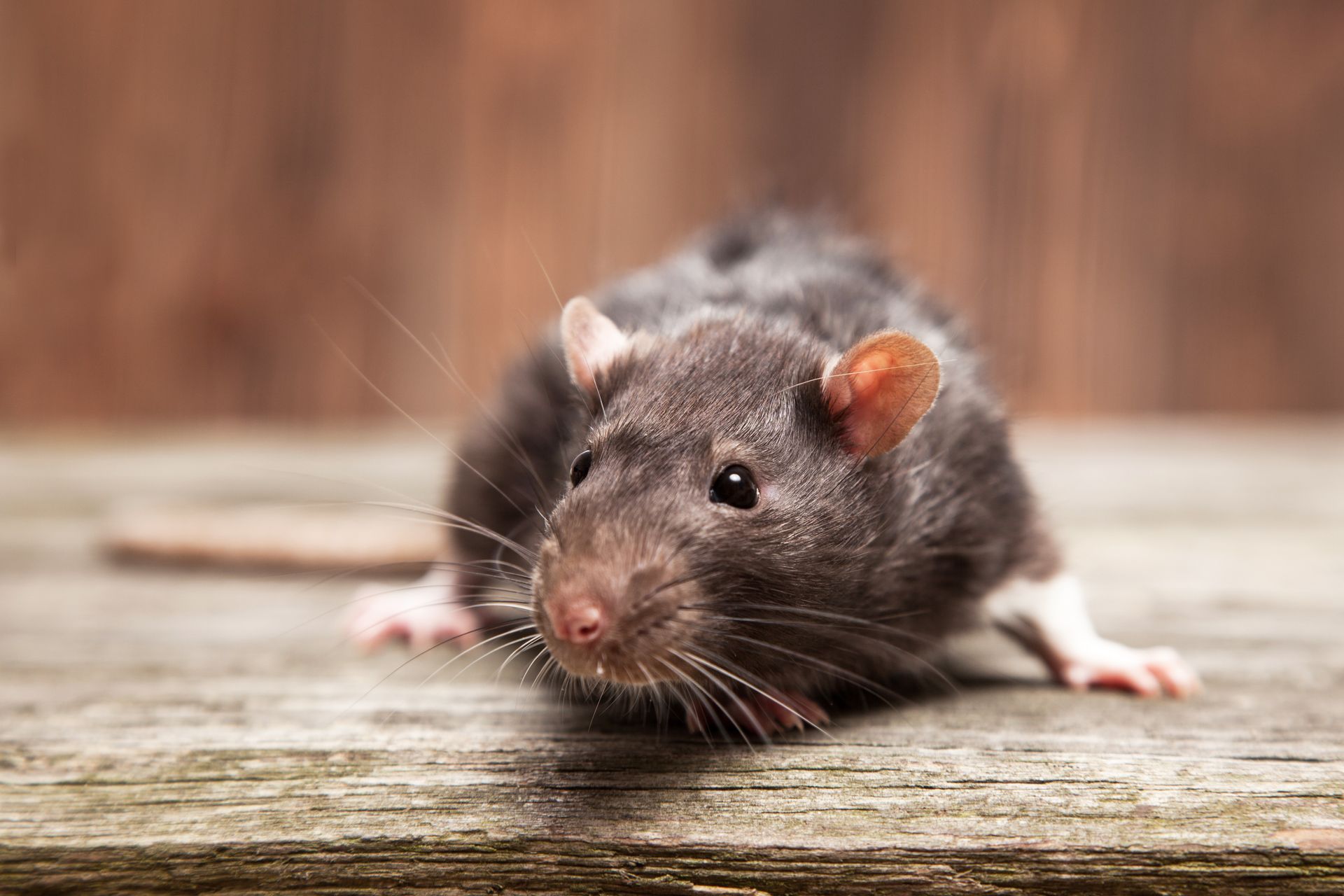
Rodent Prevention Tips for Perth Homeowners
Prevention is always better than cure. Once you’ve eliminated a rodent problem, following a few simple practices can help ensure they don’t come back.
Our top prevention tips:
- Seal entry points: Inspect your home for cracks, holes, and gaps in walls, roofs, and under doors.
- Install mesh covers: Cover vents, chimneys, and drains with wire mesh to block access.
- Store food securely: Keep food (including pet food) in sealed containers.
- Tidy up outdoor spaces: Trim shrubs, clear debris, and don’t let rubbish pile up near walls.
- Empty bins regularly: Make sure your outdoor bins are sealed and not overflowing.
- Fix leaks: Eliminate standing water and repair dripping taps, as rodents seek water sources.
Homeowners in older Perth suburbs should be especially vigilant, as aging infrastructure often provides easy access for rodents. Scheduling seasonal inspections with Stewart Pest Control is an excellent way to stay ahead of potential infestations.
Don’t Let Rodents Take Over Your Home
Worried you might be sharing your home with some unwanted furry tenants? You're not alone. Perth’s climate and housing styles make rodent problems all too common, but they don’t have to become a permanent fixture.
The key to staying rodent-free is fast action, professional support, and smart prevention. DIY efforts may provide temporary relief, but only experienced technicians can deliver lasting results. Whether you need advice, inspection, or full-scale rats pest control, Stewart Pest Control is ready to help.
Call us today to schedule a rodent inspection or get a quote. Visit https://www.stewartspestcontrol.com.au to take the first step toward a safer, cleaner, rodent-free home.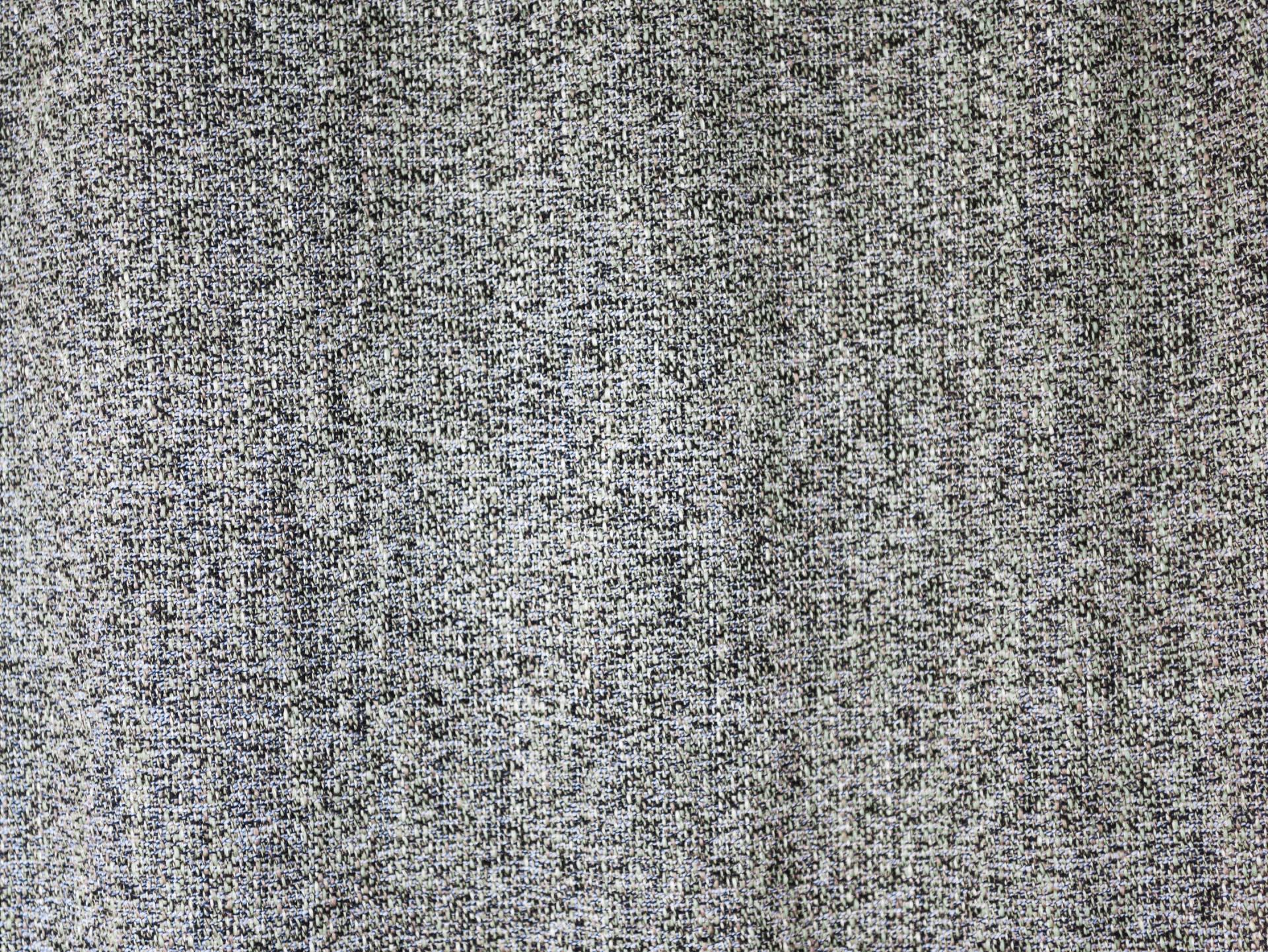
Recently I had found an infestation of variegated carpet beetles at my house. If it had not been for the fact that I work for a Pest Control Company then I would have not thought much of their larva. To determine if they are present in your house the easiest way to check is the carpet edging up against the wall for the larva.
Once I had realized that I had carpet beetles, I spring cleaned the house, vacuuming every room and had the carpets steam cleaned. Then one of our operators came in and treated all areas of the house including the roof. The roof may seem like a weird place for the beetles to get into but the our experienced operator informed me that they always seem to get into the roof. He was right too because a few days later on a table where there was a small crack in the cornicing of the roof I found dead larva that had fallen threw.
The encounter with this pest was not a pleasant experience; I count myself lucky that only minimal damage was caused because of the fact of early detection. I have bug specimens at home that were stored in a spare room. These specimens were literally turned to dust by the larva breeding and eating the dead bugs. A large number of beetles were found around this area. Unfortunately for many people it is more important items like flooring rugs and pillows or bedding that gets attacked.
Once carpet beetles have been detected treatment is essential, ignoring the problem will not make then go away, they will just increase in number and attack more aggressively. To discuss treatments or to find out more information contact us.
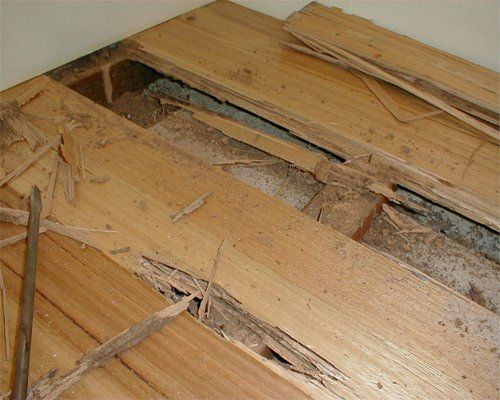
Wood flooring over concrete or other floors are a disaster waiting to happen!
Although very attractive, comfortable and easy to clean, parquetry and other decorative wood floor finishes layed on concrete or other surfaces can be a termite trap waiting to happen. Even if there has been a termite treatment carried out on the building, there is still a large risk of having more termite damage than if there were no wood over concrete or other floors.
Stewarts are getting an increasing number of people each week with the problem of termites eating their expensive decorative wood flooring. With the popularity of this type of floor covering increasing, it will be a problem for StewartS and building owners to contend with for many years.
A large portion of the problem lies with the original building design. Although a building may be built properly with its concrete or wooden floor, the design of a concrete floor building does not facilitate the problems that may occur with a wooden floor.
The Australian Standard for sub floor clearance in a wooden floor building is a minimum of 400 ml. This is to aid and allow access for Inspectors and their services (ie. Electricians, Pest Controllers, Plumbers, etc) although more importantly, the floor clearance aids air circulation which helps stop dampness, mould, fungus, rot and creates a less desirable place for termites.
Concrete floor buildings when built to the Australian Standards should have no problems with dampness, mould, fungus and wood rot. When you put a wooden floor over the concrete floor without the required space for air circulation or inspection etc., you open the door for a build up of dampness, mould, rot, fungus and termites.
Along with the above problem when termites have unrestricted access under or in between the wood layers, they can go anywhere in the building the wood floor takes them and be undetectable.
The wooden floor might not be of interest to the termites as a food source, but use it to obtain a more desirable source of cellulose food.
If the concrete floor is insufficient, has construction faults or cracks that the termites can enter through, finding the entry point of the termites or placing an adequate termite treatment, usually will result in destroying the wooden floor.
This can be a Pest Controller’s nightmare trying to track down termite entry points and secure a termite barrier, not to mention the building owners anguish and frustration.
Stewarts have found in most situations with modern concrete floor homes, termites have been able to breach the termite treatment or physical barrier to gain access to the decorative wood floor. In past experiences, it has been from an area where there is a join or break in the continuos concrete floor surface which usually occur with additions and alterations to the original floor.
Decorative wood floor problems with industrial or public buildings are far worse with no requirement at all for these buildings to have termite treatment or physical barriers when built. The nature and the way these buildings are constructed also allows for easier access of termites.
Stewarts have had clients with termite infestations in decorative wood flooring in many different situations like:
- The second floor of an office building in West Perth
- The sprung and suspended floor of a large indoor sporting club in Armadale
- The display window of a store in Hay Street, Perth
- The dance floor of a night club in Northbridge
- Many homes and normal offices on a regular basis almost daily
The treatment of termite infested decorative wood flooring is costly, not easy, and not fool proof. First Stewarts have to try and establish if:
- The termite problem is coming from under the floor
- Another area; or
- They are just eating the floor or using it as a mode of transport to get to other areas
If this cannot be established, then treatment methods must be adopted one by one to try and stop the attack in the least expensive way for the client and the least destructive way to the flooring and the building.
If the mode of entry has been established then Stewarts can carry out a more direct and effective method.
In severe situations, the decorative floor cannot be saved. These situation usually involve a concrete floor that is cracked or where the surface under the decorative flooring is not concrete and penetrable by termites. In such cases the floor will have to be grid drilled at 30cm intervals and injected with a Termiticide to try and form a continuous barrier under it. The ability to form a continuous barrier depends on the soil fill under the flooring. To do any of this usually the decorative floor would be destroyed by the drilling if the termites have not already done so.
Termite proof or treated timber used in decorative wood flooring does not stop any of the above mentioned problems. The termites will not eat it but they will still use it as a mode of transport to get to other parts of the building and to cellulose food. The same problems can exist with dampness, rot and fungus equally as well. All the problems in treating a normal decorative wood floor apply to a termite uneatable decorative wood flooring and associated termite problems including the possible destruction of the floor.

